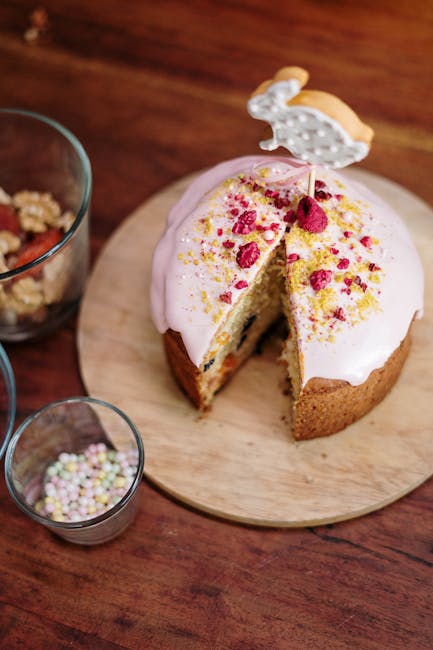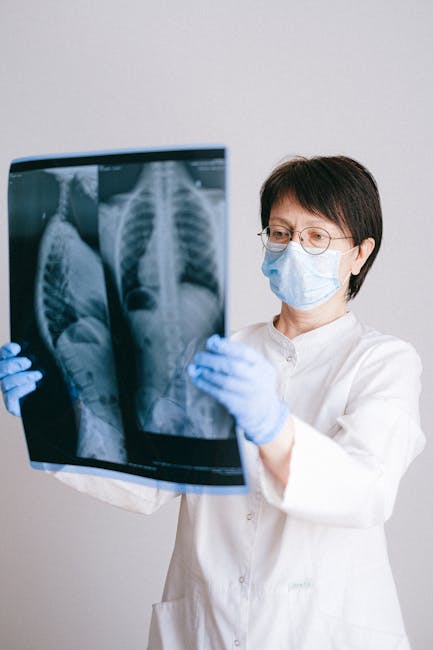
How to Keep Your Pet Safe from Mold
How to Keep Your Pet Safe from Mold
Mold is a common household problem that can pose serious health risks to both humans and pets. Pets, with their curious nature and tendency to explore every nook and cranny, are particularly vulnerable to mold exposure. Ensuring your furry friend stays safe from mold requires awareness, prevention, and prompt action. Here’s how you can protect your pet from this hidden danger.
Understanding the Risks of Mold for Pets
Mold thrives in damp, humid environments and can grow on food, walls, carpets, and even pet bedding. When pets inhale or ingest mold spores, they may experience symptoms such as sneezing, coughing, lethargy, vomiting, or even more severe respiratory issues. Certain molds, like black mold (Stachybotrys chartarum), produce mycotoxins that can be especially harmful. Recognizing the signs of mold exposure early can help you take swift action to safeguard your pet’s health.
Preventing Mold Growth in Your Home
1. Control Humidity Levels
Mold flourishes in moist environments. Use a dehumidifier in damp areas like basements and bathrooms, and ensure proper ventilation throughout your home. Keeping indoor humidity below 50% can significantly reduce mold growth.
2. Regularly Clean and Inspect Pet Areas
Wash your pet’s bedding, toys, and food bowls frequently. Check for mold in hidden spots, such as under water bowls or in corners where moisture may accumulate. Opt for mold-resistant materials when possible.
3. Store Pet Food Properly
Mold can grow on dry or wet pet food if left exposed to air or moisture. Store kibble in airtight containers and refrigerate wet food after opening. Always check for signs of spoilage before feeding your pet.
4. Address Leaks and Water Damage Promptly
Fix leaky pipes, roofs, or windows immediately to prevent mold from taking hold. If your home has experienced flooding, thoroughly dry and sanitize affected areas to avoid mold proliferation.
What to Do If Your Pet Is Exposed to Mold
If you suspect your pet has been exposed to mold, monitor them closely for symptoms like difficulty breathing, excessive scratching, or changes in appetite. Contact your veterinarian immediately if you notice any concerning signs. In severe cases, professional mold remediation may be necessary to ensure your home is safe for both you and your pet.
Conclusion
Mold is a silent threat that can harm your pet’s well-being, but with vigilance and proactive measures, you can minimize the risks. By maintaining a clean, dry environment and staying alert to potential hazards, you’ll create a healthier, happier home for your beloved companion. Your pet’s safety is worth the effort—after all, they rely on you to keep them out of harm’s way.







